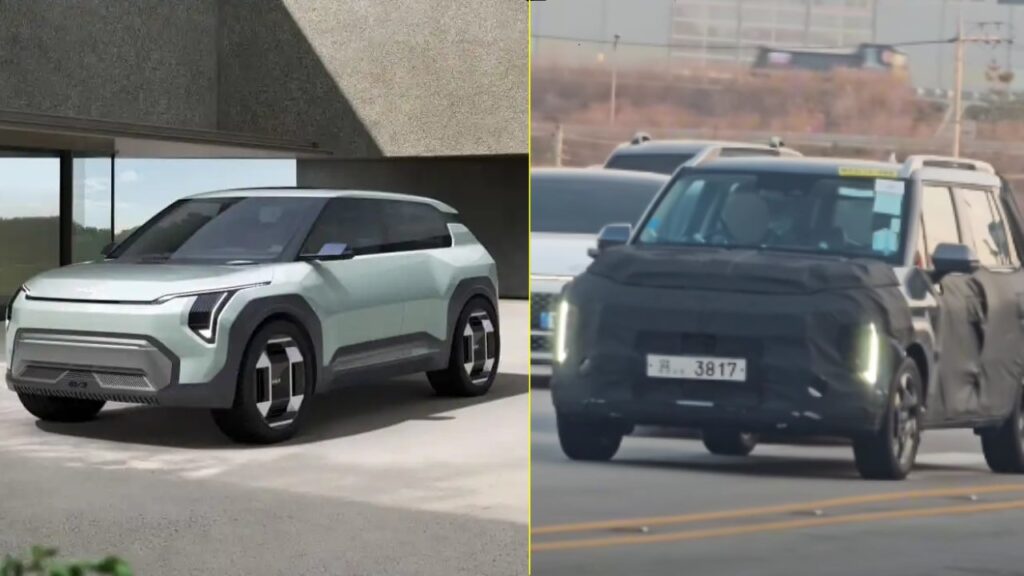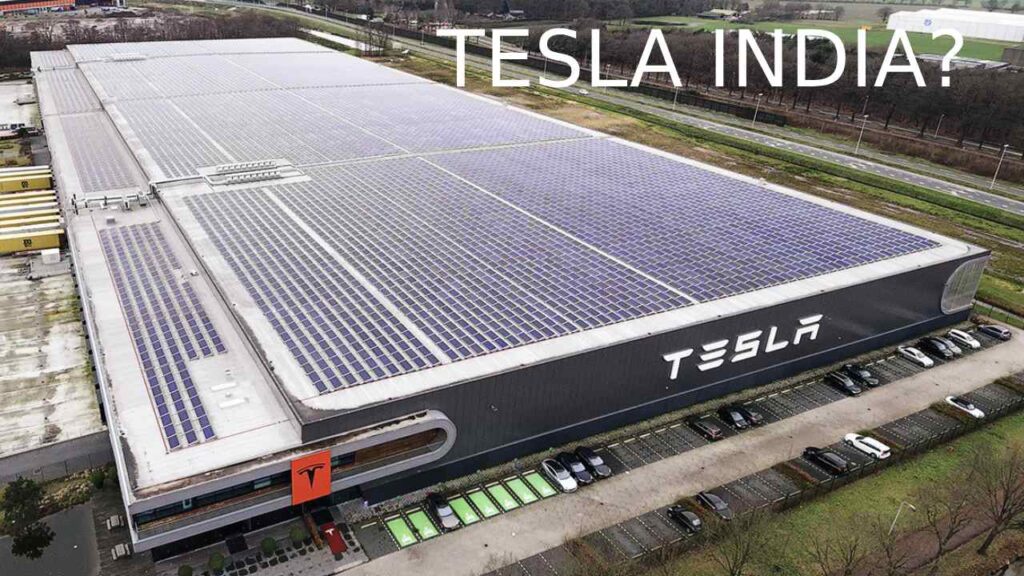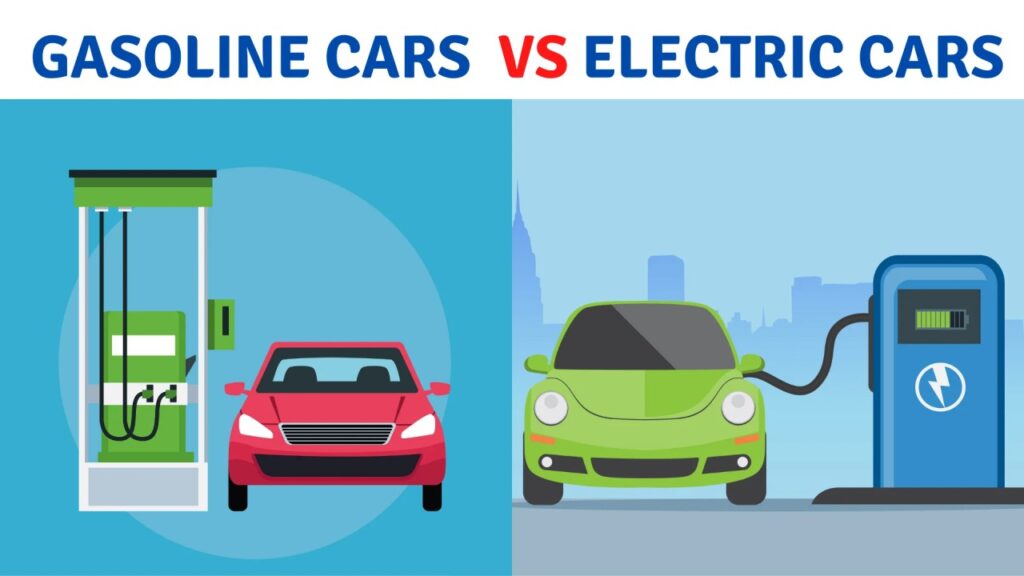Tesla Cuts FSD Prices By $4,000 and Model X, Y and S By $2,000
The largest EV maker on the planet is certainly feeling the heat with increased competition and declining sales in the first quarter. Tesla announced a $2,000 cut in the prices of Model Y, X and S, each in addition to a $4,000 cut in FSD. Note that Tesla was already offering its Fully Self-Driving technology (Level 2+ ADAS) at an offer price of $12,000. To spur the demand further and entice more customers, the Elon Must-led auto giant is now offering it for $8,000. Finally, it will also end the referral program on April 30. This used to offer owners additional incentives if they persuaded their friends or family members to purchase a Tesla car. You might also like: Tesla Eyeing Indian Factory With Capacity Of 500,000 EVs Tesla Model Y, S and X Prices Cut by $2,000 Each After the $2,000 price cut, the Model Y now has a base price of $42,990, its lowest ever. With this, the long-range trim now starts at $47,990 and the performance variant commences at $51,490. It is interesting to note that the Tesla Model Y was the highest-selling EV on the planet last year 2023. Offering discounts on the most popular EV in its lineup indicates how tough the situation is for Tesla. Also, the Model S now retails for $72,990, while the Plaid starts at $87,990. Finally, the base model of Model X starts at $77,990, whereas the Plaid trim has a retail sticker of $92,990. The discounts are not just offered for the US market, but also for the Chinese market. Hence, the largest EV maker in the world is offering benefits to spur demand in two of its biggest markets globally. If that was not enough, last week was particularly testing for Musk’s Tesla. It had to recall 3,900 Cybertrucks due to a faulty acceleration because of the accelerator pedal cover which kept getting stuck in such a position that it was flat to the floor keeping the futuristic electric in perennial acceleration. Not just that, Tesla even had to let go of 10% of its global workforce, and two key executives and sought investor approval for a $56 billion pay package for Elon Musk. All this led to a whopping 40% drop in the share price of Tesla year-to-date. You might also like: Tesla Clocks 6 Million Lifetime Sales, 1 Million In Last 6 Months Learn Electric Cars Says Tesla was the poster boy for the electric mobility revolution across the globe just a decade ago. However, as the industry embraces electrification, new players are emerging. Not just that, the legacy carmakers are putting in valiant efforts to transition to EVs. Amidst all this, Tesla has somehow managed to stay on the top for this long. But offering discounts, running ads, laying the workforce off, etc. are signs that the business is not sustainable just yet. Not to mention, the challenges for the potential customers in the mass adoption of electric cars are still immense. As a result, the current growth in EV sales has been underwhelming, especially when seen in conjunction with the ambitious forecasts. Prime regions including the USA and China are bracing for a slowdown in EV sales this year. One aspect we are intrigued to explore and witness is how well the emerging markets are going to adopt electric cars. That could determine the next wave of electric mobility.










